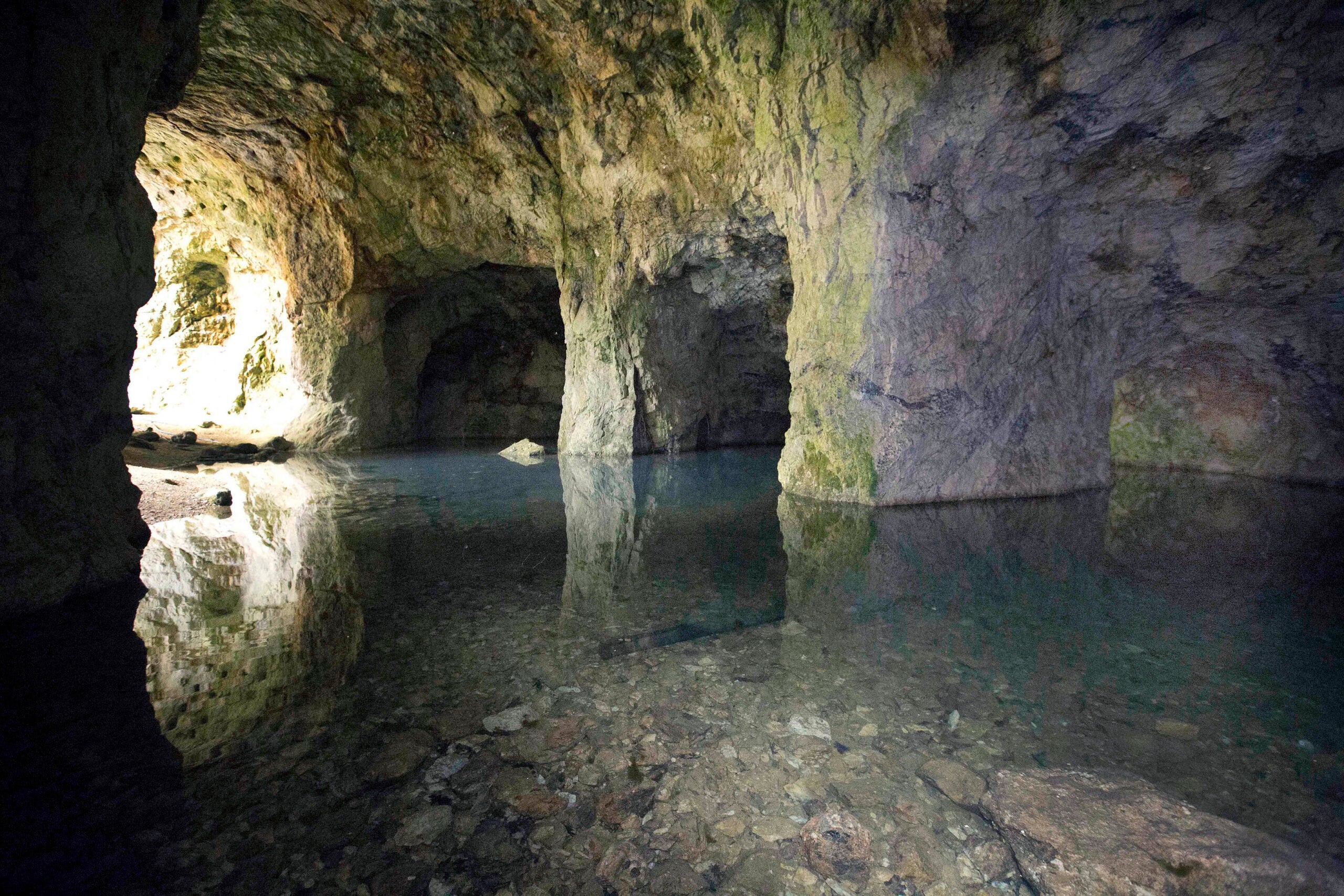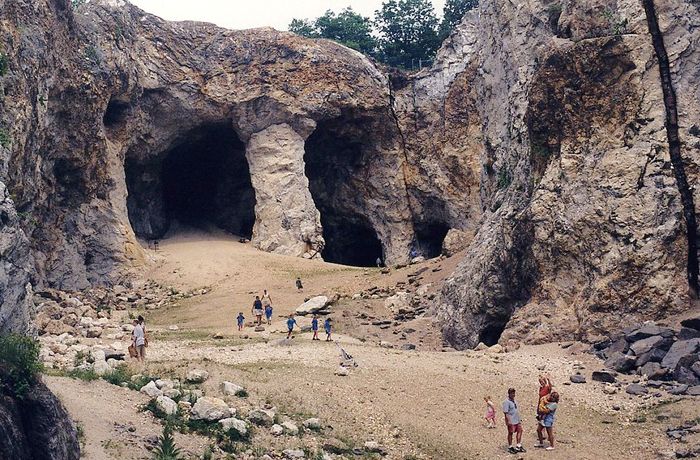
The Silent Depths of Ruggles Mine: A New Hampshire Legend Lies Dormant
GRAFTON, NEW HAMPSHIRE – Nestled deep within the granite-laced hills of New Hampshire, where the Pemigewasset River carves its ancient path, lies a place of geological marvel and lost dreams: Ruggles Mine. For over two centuries, this venerable site in Grafton beckoned prospectors, industrialists, and eventually, eager tourists, all drawn by the promise of glittering finds beneath the earth’s surface. Today, the once-vibrant gateway to its subterranean wonders stands eerily quiet, a silent monument to a bygone era of industry, exploration, and the simple, enduring thrill of discovery.
Ruggles Mine, often touted as the oldest commercial mine in the United States, first opened its maw to the world in 1803. Its initial purpose was the extraction of mica, a silicate mineral prized for its unique properties – transparency, heat resistance, and electrical insulation. In an age before glass was readily available for every pane, mica sheets from Ruggles adorned stove windows, illuminated lanterns, and even served as primitive windowpanes in early New England homes. The mine’s history is deeply intertwined with the industrial narrative of a young nation, providing essential materials that fueled its growth and innovation.
The mine’s geological significance stems from its unique formation: a large, complex pegmatite dike. Pegmatites are igneous rocks formed from the last stages of magma crystallization, often rich in rare minerals and characterized by exceptionally large crystals. Ruggles Mine’s pegmatite was a veritable treasure trove, not just of mica, but also of massive feldspar and quartz – minerals crucial for ceramics, glass, and abrasives. But it was the more exotic elements that truly captured the imagination of geologists and collectors worldwide.

Within Ruggles’ granite walls, one could unearth a dazzling array of specimens: vibrant green and blue beryl (including aquamarine and emerald varieties), delicate pink and green tourmaline, deep red garnets, and even rare earth minerals like columbite-tantalite. For serious mineralogists, the mine was a Mecca, known for producing world-class examples of these minerals, often in breathtaking sizes and clarity. Its geological bounty was so vast and varied that it became a standard reference site for pegmatite studies.
During World War II and the subsequent Cold War era, Ruggles Mine played a subtle but critical role, supplying high-quality mica for essential electrical insulators and condensers in military equipment and burgeoning electronics. The mine’s strategic importance underscored the quiet contributions of New Hampshire’s rugged landscape to national defense. The demand for these industrial minerals ebbed and flowed with global events, but the mine consistently delivered, adapting its operations to meet the changing needs of the times.
However, as the 20th century progressed, the economics of large-scale industrial mining in New England shifted. Cheaper sources and synthetic alternatives began to erode the profitability of operations like Ruggles. In a stroke of entrepreneurial genius and a recognition of the public’s enduring fascination with the earth’s hidden treasures, Ruggles Mine transitioned from a purely commercial venture to a "dig-your-own" tourist attraction in the mid-1960s.
This pivot transformed Ruggles Mine into a beloved destination for families, amateur geologists, and curious adventurers. Armed with hammers, chisels, and buckets, visitors from across the globe flocked to Grafton, eager to experience the thrill of unearthing their own piece of geological history. The mine offered a unique, hands-on educational experience, where the lessons of geology, mineralogy, and basic earth science came alive with every swing of the hammer.
"My kids absolutely loved it," reminisced Sarah Chen, a frequent visitor from Massachusetts, in a hypothetical but illustrative quote reflecting the sentiment of countless patrons. "It wasn’t just a day out; it was an adventure, a real-life treasure hunt where every swing of the hammer held the promise of a glittering find. We always came home with pockets full of mica and quartz, but the real treasure was the memories we made."
The mine’s owners fostered an atmosphere of discovery and accessibility. Guides were on hand to explain the different minerals, offer tips on excavation techniques, and share fascinating anecdotes about the mine’s storied past. Children, in particular, found the experience enchanting, their eyes wide with wonder as they chipped away at rock faces, hoping to expose a hidden crystal or a sparkling sheet of mica. The mine offered a rare glimpse into the raw, unadulterated beauty of the natural world, fostering a deeper appreciation for the forces that shaped our planet.
For decades, the sounds of hammers striking rock, the excited shouts of children, and the hum of conversations filled the air around the mine’s expansive open pits and subterranean tunnels. It became a cherished New Hampshire landmark, an integral part of the state’s tourism landscape, drawing tens of thousands of visitors annually and contributing significantly to the local economy of Grafton. Its closure would leave a gaping hole, not just in the ground, but in the hearts of many.
Then, in 2016, the hammers fell silent for good. Ruggles Mine announced its indefinite closure, citing a complex web of factors. While the specific details surrounding the decision remain somewhat private, common narratives point to the declining health of the mine’s long-time owner, Sam Ruggles, coupled with the ever-increasing costs of maintaining an aging infrastructure and meeting stringent safety and environmental regulations for a public-facing operation. The decision was met with profound sadness by the community, mineral enthusiasts, and countless families who had made annual pilgrimages to its rocky slopes.

The closure of Ruggles Mine marked the end of an extraordinary chapter in New Hampshire’s industrial and recreational history. The unique opportunity for ordinary people to engage directly with the earth’s geological wonders, to literally unearth history with their own hands, vanished. The silence that now pervades the site is heavy with the weight of its past, a stark contrast to the lively bustle it once hosted.
Today, the mine’s future remains uncertain. Its vast pits and tunnels, once teeming with life and discovery, are slowly reclaiming themselves, as nature reasserts its dominion. The fences and "No Trespassing" signs stand as somber reminders of a public treasure now off-limits. Yet, the legacy of Ruggles Mine endures. It lives on in the impressive mineral collections housed in museums and private homes worldwide, in the academic papers that reference its unique geology, and in the cherished memories of generations who spent sun-drenched days chipping away at its granite heart.
Ruggles Mine is more than just a closed attraction; it is a powerful symbol of New Hampshire’s rich geological heritage and its spirit of enterprise. It reminds us that beneath the surface of our familiar landscapes lie incredible stories, waiting to be discovered, and that sometimes, even the most enduring legends must, for a time, retreat into the quiet depths of history. While its gates may be closed, the legend of Ruggles Mine, with its glittering promise of hidden gems and the thrill of discovery, continues to resonate in the granite state’s storied past.


